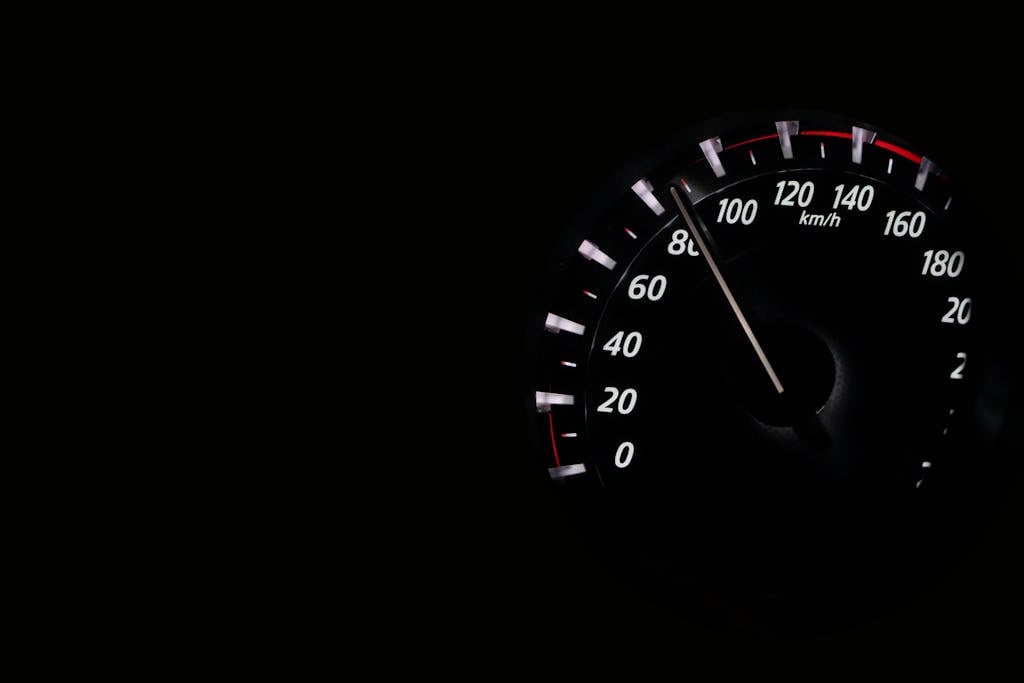Traveling internationally opens up a world of adventure, culture, and diverse experiences. However, it also introduces travelers to a variety of measurement systems that can differ significantly from what they’re used to at home. One such difference is in the measurement of speed. Depending on your home country, you may be familiar with either miles per hour (mph) or kilometers per hour (km/h) as a unit of speed. Understanding how to convert between these two can enhance your travel experience, making it easier to adapt to local road signs, speed limits, and navigation tools.
The Importance of Speed Conversion in Travel
Speed limits and road signs are vital for safety and legal compliance while driving. In countries that use the metric system, speed limits are indicated in kilometers per hour. Conversely, in the United States and a few other countries, speed limits are in miles per hour. Misinterpreting these speeds can lead to unsafe driving conditions, potential traffic violations, and fines.
How to Convert Between MPH and KM/H
The conversion between miles per hour and kilometers per hour is straightforward once you know the basic formula. To convert mph to km/h, multiply the speed by 1.60934. To convert km/h to mph, divide the speed by 1.60934.
- Conversion from MPH to KM/H: Speed (mph) × 1.60934 = Speed (km/h)
- Conversion from KM/H to MPH: Speed (km/h) / 1.60934 = Speed (mph)
These conversions can help travelers understand local speed limits, estimate travel times, and use navigation tools more effectively while abroad.
Practical Tips for Speed Conversion While Traveling
- Use a Conversion App: There are many free and easy-to-use conversion apps available that can instantly convert mph to km/h (and vice versa). These are particularly useful while driving or planning routes.
- Familiarize Yourself with Common Conversions: Knowing some key conversions by heart (e.g., 30 mph ≈ 48 km/h, 60 mph ≈ 97 km/h) can be helpful for quick reference.
- Check Your Vehicle: If you’re renting a car, many modern vehicles allow you to switch the display settings between metric and imperial units. This can be incredibly helpful for adapting to local road signs and speed limits.
- Remember the Rule of Thumb: As a quick and easy approximation, remember that 1 mile is about 1.6 kilometers. So, if you’re driving at 50 mph, you’re going at about 80 km/h.
Embracing the Metric System
For travelers from countries using the imperial system, international travel offers a great opportunity to become more familiar with the metric system. Beyond speed conversion, you might find yourself measuring distances in kilometers, buying gasoline in liters, or checking the temperature in Celsius. Embracing these units of measurement can enhance your adaptability and make your travel experience smoother and more enjoyable.
In conclusion, understanding how to convert between miles per hour and kilometers per hour is a valuable skill for any international traveler. It ensures you can navigate safely, comply with local laws, and fully enjoy the journey without the stress of miscalculating speeds. Happy travels, and may your road adventures be both safe and exhilarating!

Leave a Reply